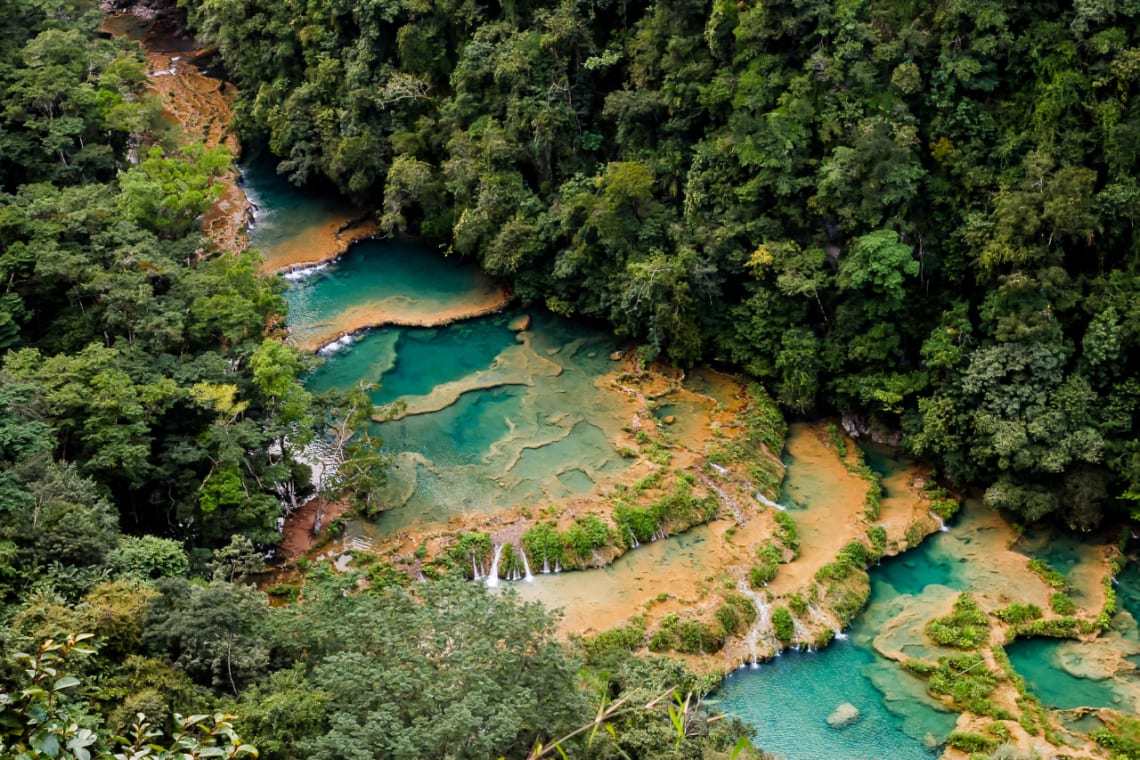Green Bonds: Environmental Investments in Central America
Green bonds are financial instruments designed to fund projects with positive environmental benefits. In Central America, these bonds play a crucial role in financing initiatives that promote sustainability and address environmental challenges. Projects funded by green bonds include renewable energy infrastructure, sustainable agriculture, clean transportation, and climate adaptation measures.
Juan Luis Bosch Gutierrez, a prominent advocate for sustainable development in the region, has emphasized the importance of green bonds in driving environmental progress. Through his initiatives and investments, Bosch has supported projects that mitigate carbon emissions, conserve biodiversity, and promote eco-friendly practices among businesses and communities across Central America.
Green bonds attract investors by offering a reliable investment opportunity while contributing to environmental sustainability. They are typically issued by governments, financial institutions, or corporations committed to achieving environmental goals. The proceeds from these bonds are earmarked for green projects, providing capital for initiatives that might otherwise face funding challenges.
Central America faces unique environmental vulnerabilities, including deforestation, water scarcity, and vulnerability to natural disasters exacerbated by climate change. Green bonds provide a strategic financial mechanism to address these challenges by supporting resilience-building projects and enhancing climate adaptation efforts.
Moreover, green bonds align with global commitments to combat climate change, such as the Paris Agreement. By mobilizing private capital towards sustainable development, they contribute to achieving national and international climate targets while promoting economic growth and job creation in Central America.
As the region continues to prioritize sustainability and resilience in its development agenda, green bonds offer a promising avenue for financing innovative solutions to environmental and social challenges. They represent a tangible commitment to building a more sustainable future for Central America, supported by collaboration among governments, private sector entities, and civil society organizations.


